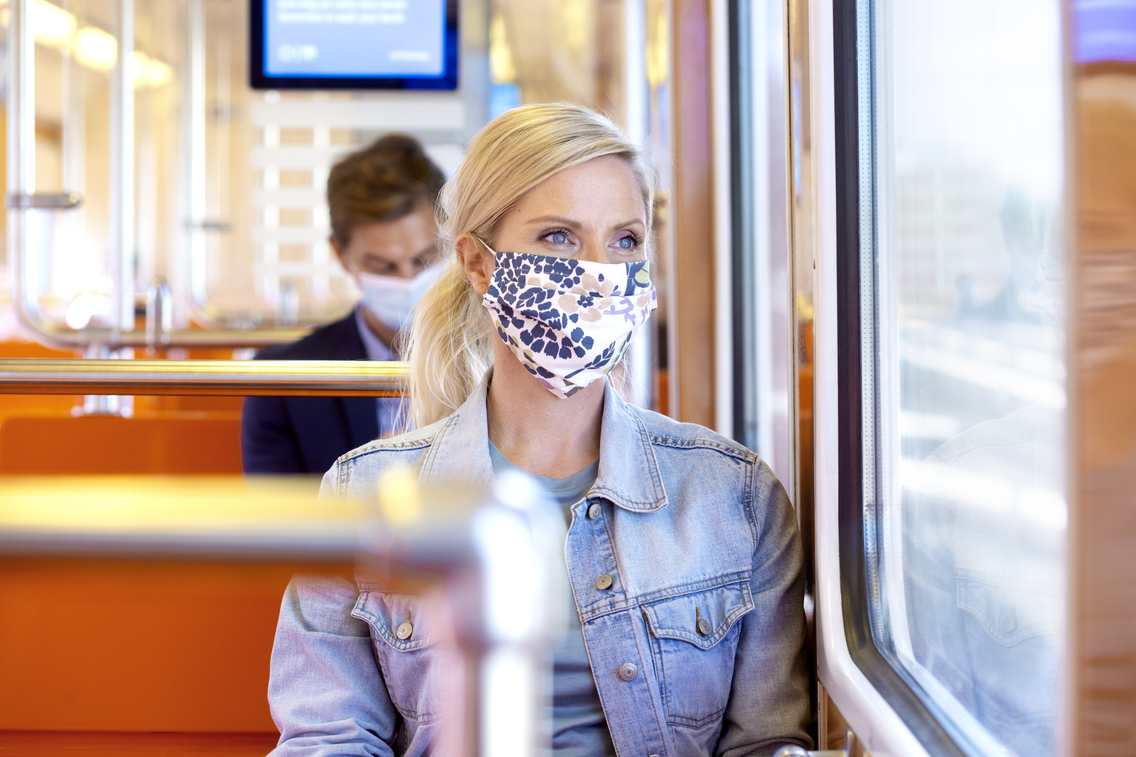It has now been four weeks since the recommendation to wear face masks on public transport was issued. Based on the results of our customer survey, the use of face masks has become more common. A face mask is always worn on public transport by 48 per cent and sometimes by 19 per cent of the respondents. Ten per cent of the respondents stated that they do not wear or intend to wear a face mask. The customer survey was conducted on 20–27 August, and a total of 10,063 HSL customers responded to the survey.
Of all the respondents, 78 per cent somewhat or fully agree that a face mask should be worn on public transport. The number is significantly higher than the proportion of passengers wearing face masks. According to the observations made by HSL ticket inspectors, approximately 30–40 per cent of passengers wear face masks, but the proportion varies greatly according to the time of day, for example.
Based on the survey, the main reason for not wearing a mask is that passengers feel that sufficient distances to other people can be maintained on public transport.
"We hope that the use of masks will continue to become more common, as has been the case so far," says Suvi Rihtniemi, HSL Executive Director. “The recommendation to wear face masks applies to public transport in general, not just during peak times. We have no way of knowing in advance with full certainty when the transport vehicles will be congested.”
Customers intend to continue using public transport
Of all the respondents, 85 per cent are sure or very or fairly likely to use public transport in the next three months. Moreover, the more often the customers have used public transport in the past three months, the less worried they seem to be.
In terms of the safety of public transport, the customers are most concerned about the possibility of maintaining distance to other people onboard (65 per cent of the respondents). Almost as many (63 per cent) are worried because other passengers do not comply with the safety instructions.
Public transport vehicles have continued to be significantly less populated than usual in August and September. The passenger numbers are currently around 40 per cent lower than at this time last year.
We take the prevailing coronavirus situation into account in all our activities. Read more about the impacts of the coronavirus on HSL public transport at hsl.fi/en/corona
